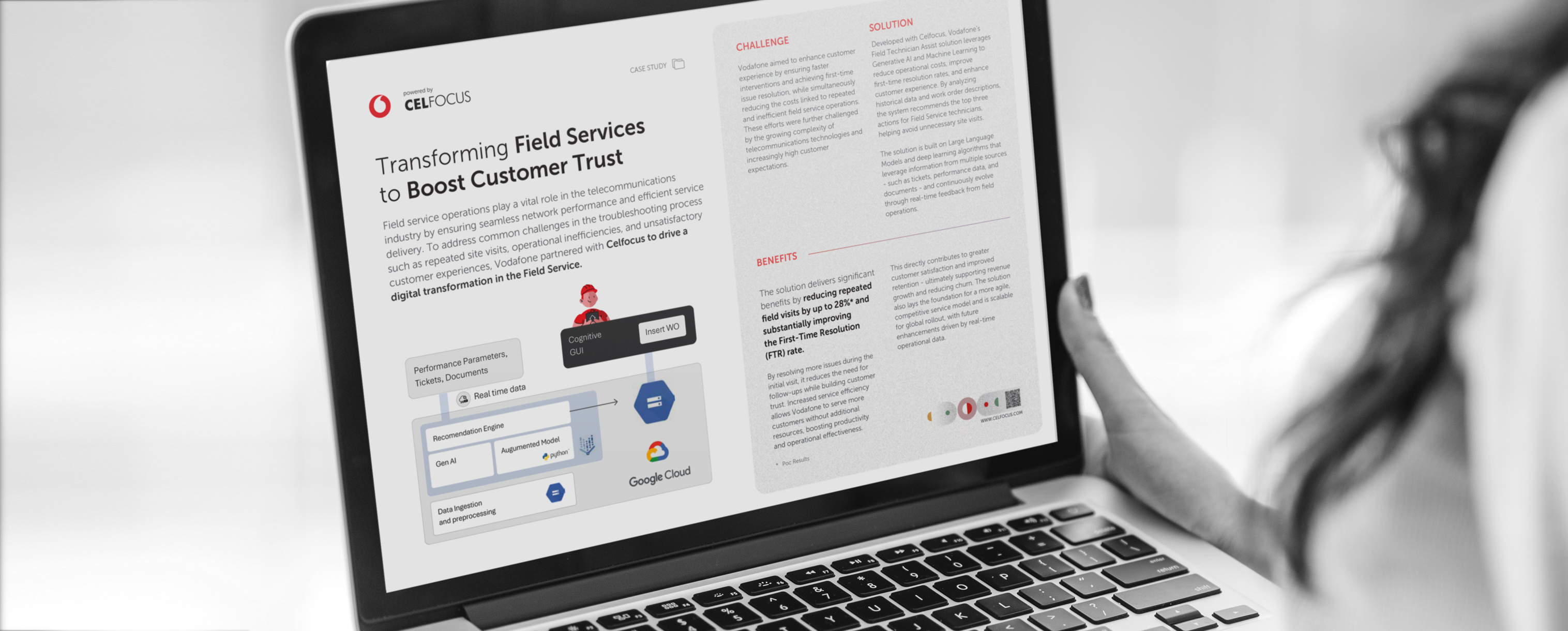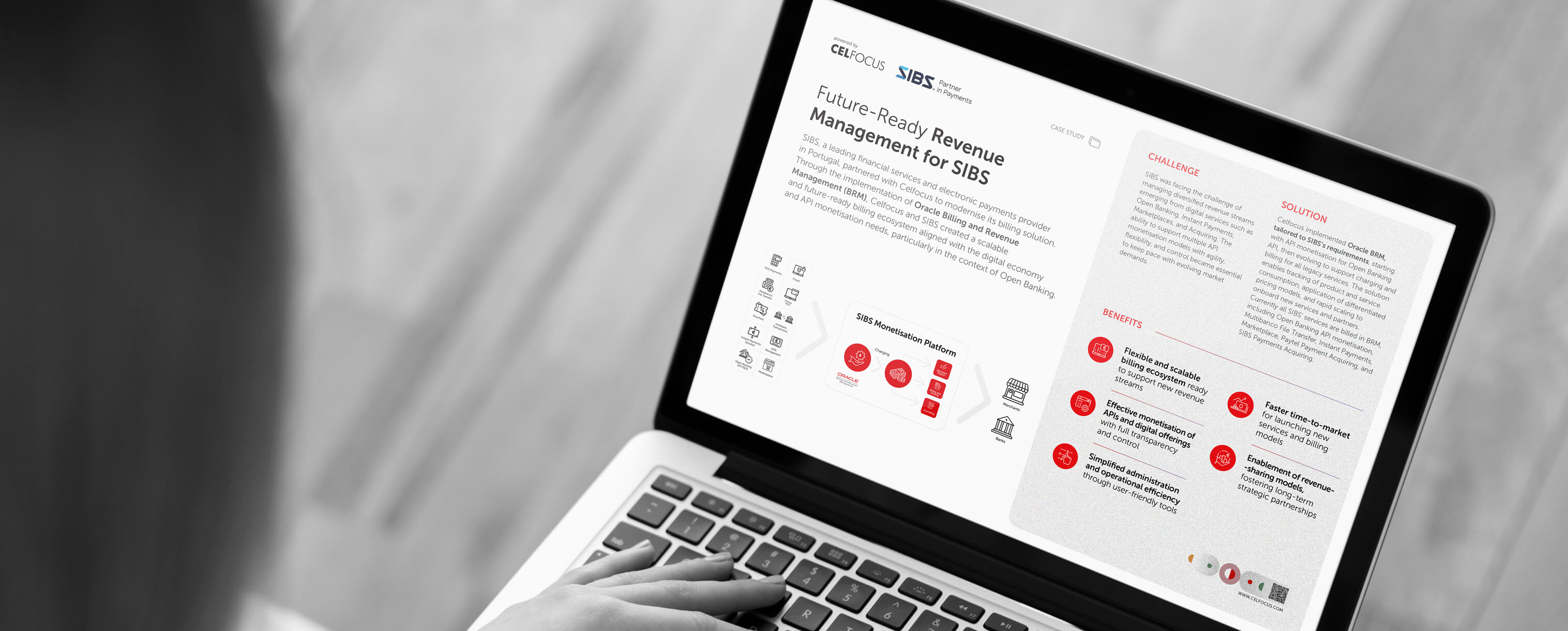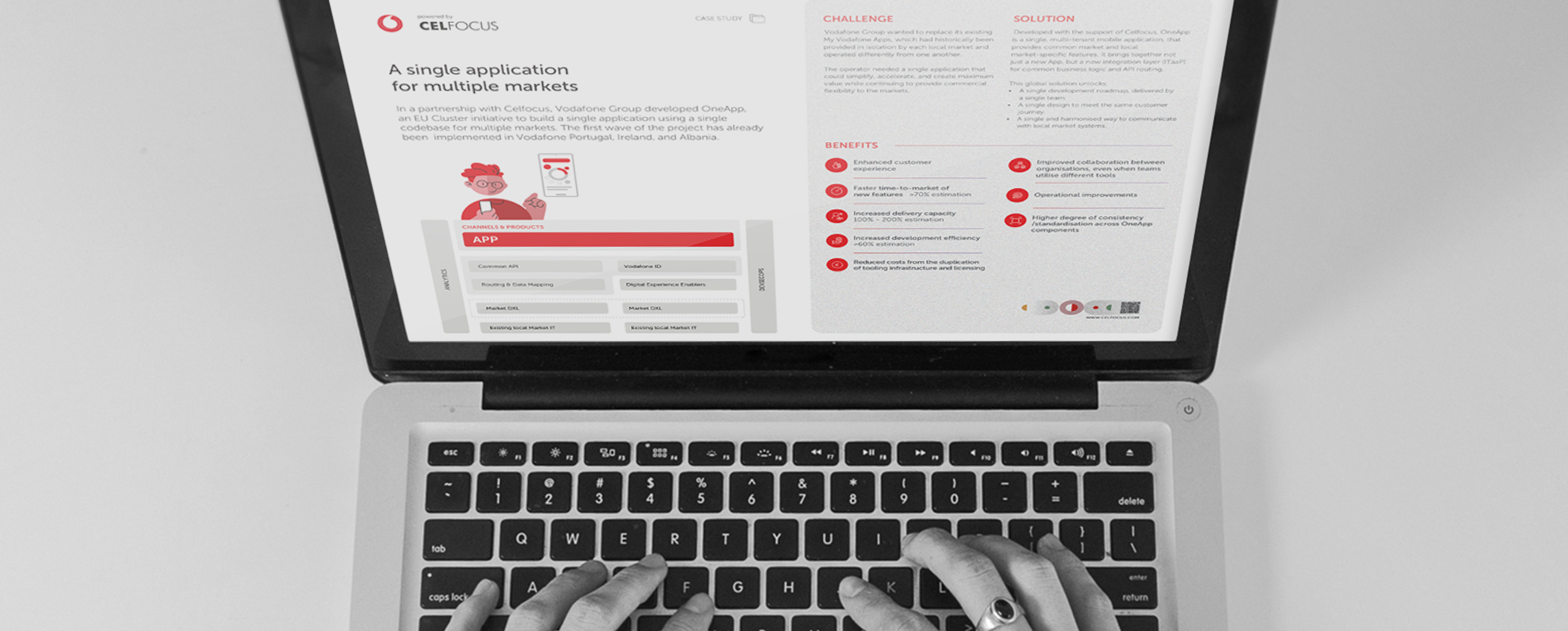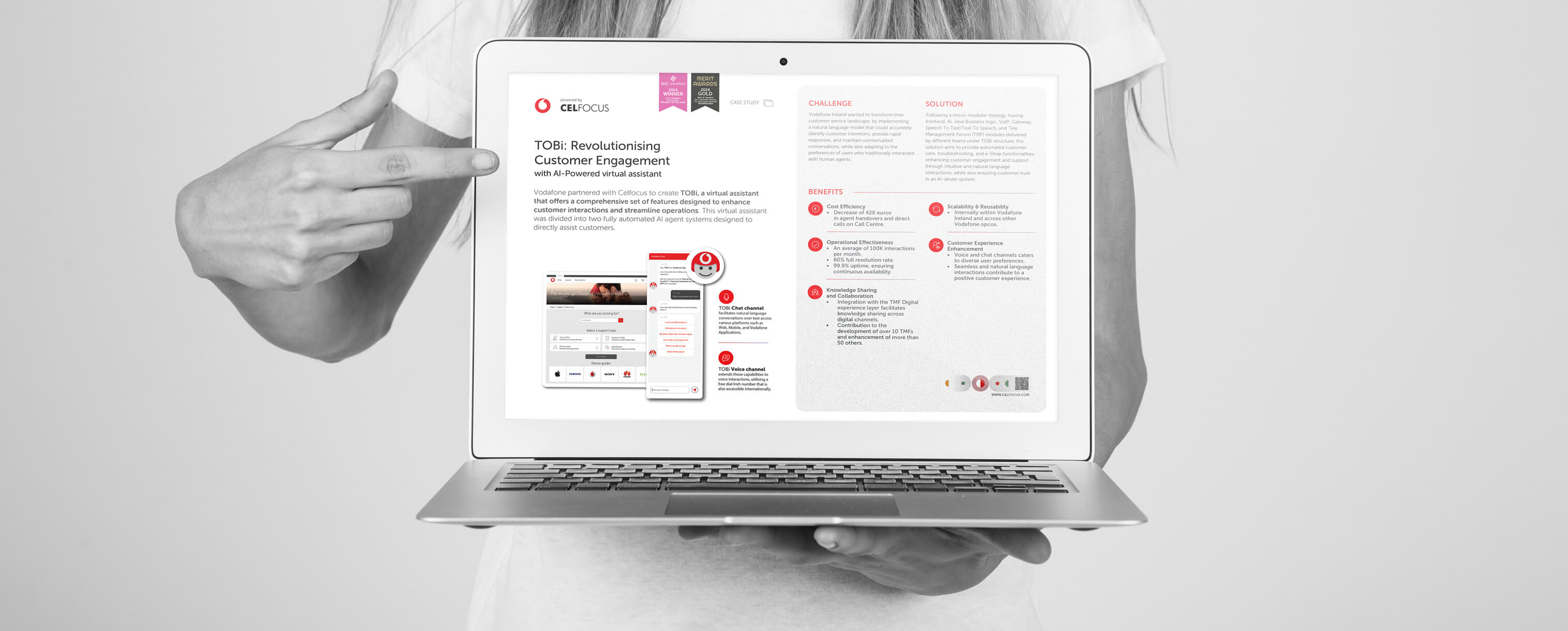|---Module:text|Size:Small---|
On Part 1 of this article, we went through current market demands and trends in the CRM domain. Moving on to Celfocus’ vision on the subject, along with required technical upgrades.
Celfocus’ vision
We believe the best approach to evolve a CRM system is by adopting a step-by-step system evolution, avoiding organisation disruption:
- Leveraging with updated/upgraded systems, keeping an upgrade plan for the CRM applications, allowing them to be updated as possible and taking immediate advantage of the technology evolution delivered by each vendor;
- Gradually introduce new capabilities via new specialised or best-of-breed applications;
- Reducing dual-run stacks and complex migration processes, which will drive the roadmap phases selection and scope;
- Continue to design solutions with API exposure of their capabilities in mind.
The evolution approach has three major blocks:
- Focus on systems technical upgrades strategy, allowing them to be up-to-date and leveraging on the new introduced capabilities by each system vendor;
- Focus on leaning CRM system to its core capabilities, via identifying and splitting functional domains that can be served with the most corrected technologies on the market, achieving an higher functions componentisation and higher decoupling;
- (Optional) Full Cloudification, by migrating from a on-premise CRM solution to a new cloud-based one.
Since there are no silver bullets, perfect solutions or approaches, and apart from the advantages obtained via componentisation and decoupling, there are potential drawbacks and challenge points that this approach brings, which need to be considered by solutions design along the evolution journey. These challenge points are mainly:
- High number of integration points to manage, along with higher integration performance requirements that need to be ensured;
- Higher challenges on ensuring data consistency and keeping data redundancy at a minimum;
- Need for a broader and extensive technology knowledge, due to potential adoption of different technologies for each sub-domain.
Technical Upgrades
The first major step of a CRM evolution is to upgrade the CRM system to the latest available version and maintaining a constant pace of technical upgrades to keep the system up-to-date, taking advantage of potential new features and architecture paradigms introduced by product vendors in each new version.
More than only a technological upgrade, new versions typically bring business agility to a new level, allowing parallel development of multiple projects, no downtime deployments due to the new architecture paradigms and tests automation functions. These new features will make possible to deliver new projects faster and will bring tools for agile development and continuous delivery.
Leaning CRM system to its core capabilities
The second phase for a CRM evolution is to identify the domains currently managed by CRM and which benefits can be obtained by moving them away, adopting new cloud solutions, when applicable and available.
The objective it to lean CRM to its core, contributing to reduce its complexity and remove it from critical path, externalising some capabilities to take advantage of more fit-for-purpose, cloud-native, agile and modern solutions tailored to each business function. At the same time, all capabilities (existing or new) should be designed to be exposed via APIs towards a more digital architecture.
This step will allow to reach higher componentisation of functions and decoupling of systems, allowing an increase on agility when delivering new functions and a better scalability per function and sub-domain.
Full Cloudification
The last step is to identify which of the core CRM sub-domains can benefit from being moved out from typical on-premises installations to a cloud solution, identifying the most updated and complete solution to deliver the respective core CRM sub-domain. At that time, two main scenarios may be considered:
- Keep using current CRM system, if the verified technology evolution complies with required technology drivers and requirements;
- Select and migrate to a new application if it brings new technology and business benefits that current CRM system is not able to deliver.

























